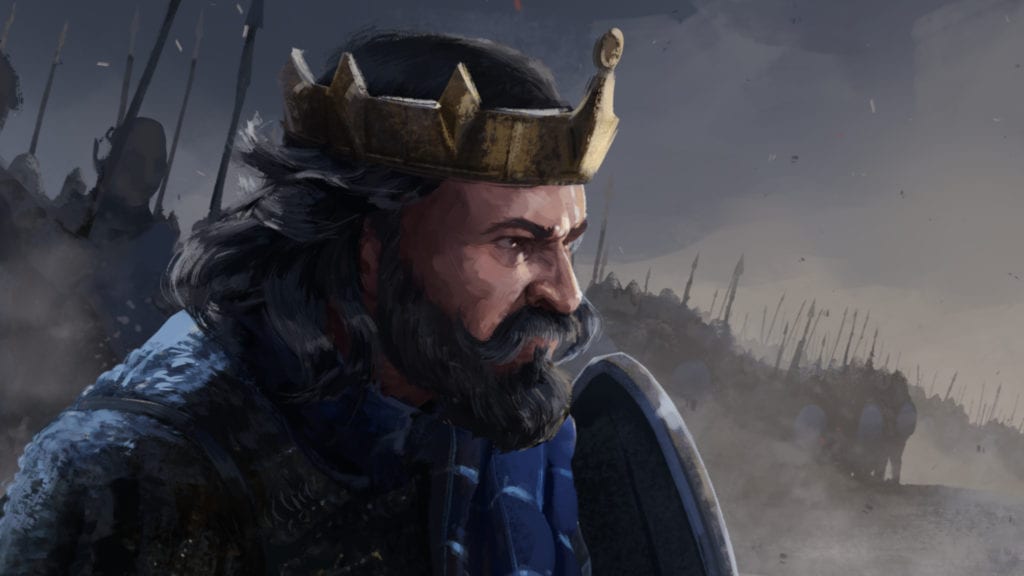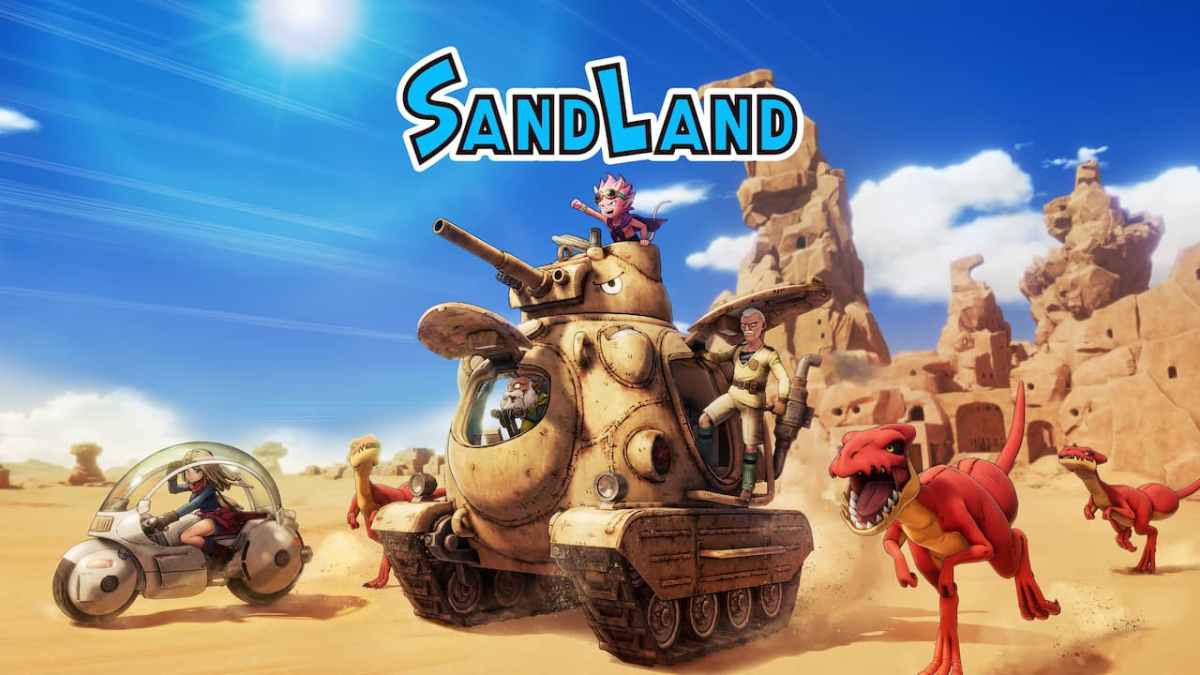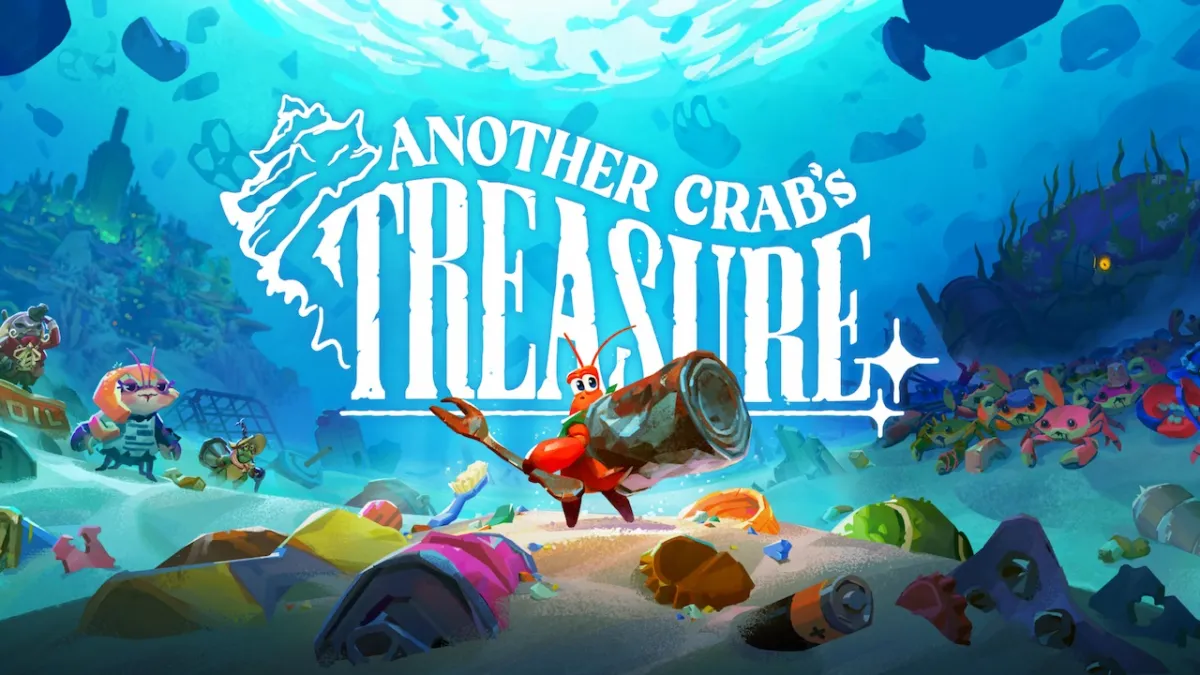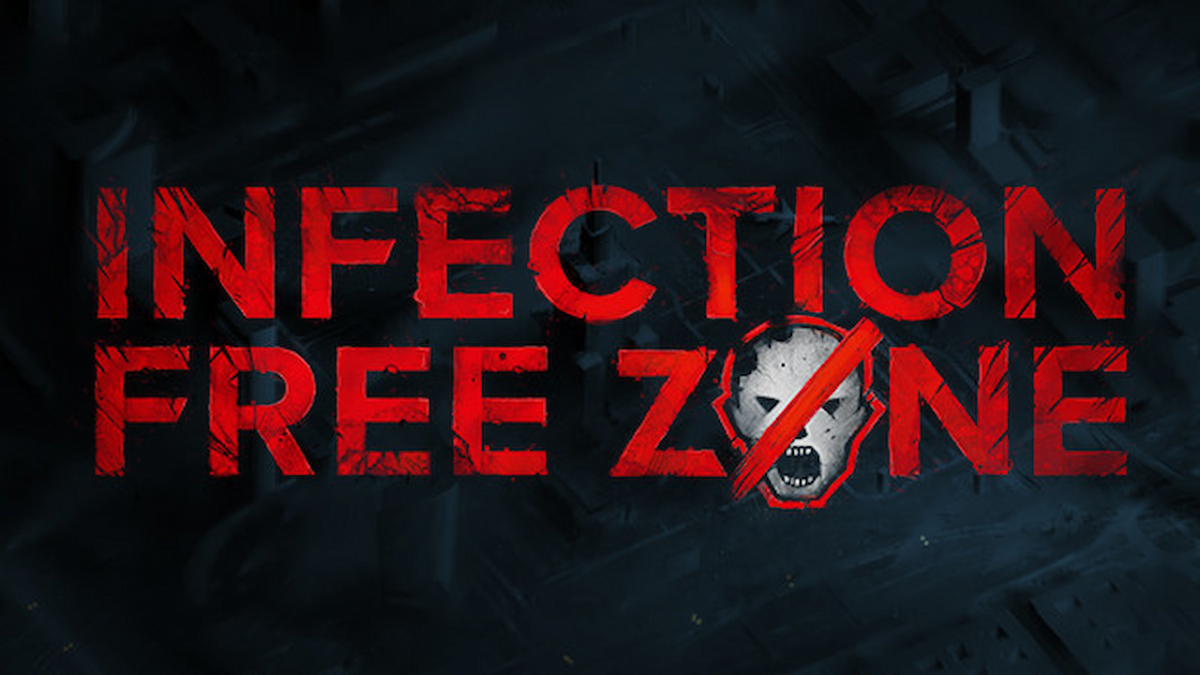Creative Assembly have decided they want to make more focused games alongside their main Total War series. Enter the Total War Saga series, Total War games which are smaller in scope than the main series but no less grand or complete. The aim of CA’s Saga venture is to make Total War games set in compact eras, or flashpoints as they call them. This flies in the face of the vast sprawl of the last few Total War games, Rome and Attila, and the upcoming Three Kingdoms. The aim of Total War Saga: Thrones of Britannia was to create a game with the feel of a full-fat Total War title, but with a much narrower focus, sharper detail, and more ways to win. The release of Thrones of Britannia was delayed for about a month so that CA could polish the game more. The question is: have they pulled it off?
Total War Saga: Thrones of Britannia is set in the British Isles during the dark ages. It is just after the kingdom of Wessex finally managed to halt the rampaging Great Heathen Army of the Vikings at the battle of Edington. Fans of The Last Kingdom and Vikings will be familiar with the setting and time period and this was a pivotal moment in the history of England, Scotland, Ireland, and Wales. A cultural crossroads. The time period of 878CE to around 1066CE was one of the most diverse and important in British and Irish history.
This being a Total War game, and still living in the shadow of the Empire: Total War and Total War: Rome 2 release debacles, I should start with performance and technical issues. I have encountered none. Of course, I have only reviewed this on one computer, but it worked flawlessly for me. There was some stuttering during battles initially, but once I’d finally gotten around to updating my graphics drivers that disappeared. Loading times aren’t onerous. There were a couple of audio glitches which I encountered, but they were only slight. This feels like a polished release, with nothing broken and everything working fine.

The first thing I do when starting a new Total War game is to go straight to custom battles, trawl through all the factions and look their unit rosters. Then I play loads of custom battles with all the factions and all the units to get a feel for the battles and just to look at the units. The first thing I noticed were the amazing visuals. They are by far and away the best yet. The level of detail on the units, the individual links in their chainmail, the furs around their shoulders, are sharp and fantastic. The next thing I noticed, and this is what really grabbed me about battles at the start, is the noise. When armies are close to each other, about the range of the archer units, they make a cacophony of noise. The AI is now perfectly happy to skirmish with you, provided it too has ranged units. So whilst the missile units are busy, the shieldwalls close up into shield castles and wait until the ammo has run out. All that time they make so much noise, chanting and roaring. It really feels like 2000 angry men are shouting their hearts out at each other. This is one of my favourite features of the battles, it just makes them feel so real. In my first major battle, I placed the camera in-between the two shield walls, watching arrows fly over and listening to the roar with the volume right up. It was exhilarating. Never before have I felt so close to the action in a Total War game. It might sound like a small change, and I’m probably not doing it justice describing it here.
The level of historical detail and accuracy is great for a history buff like me. From the noise of battle, to units walking in shieldwall formation, this game is impressively faithful to history for the most part. Other than the Scottish faction having crossbow units (crossbows were forgotten about in Europe from the fall of the Roman Empire to the Middle Ages), and all factions having Viking Longboats in naval battles (although does anybody actually play these and not just auto-resolve them?). The units are faithful recreations of what warriors must have looked like at the time, and they all look brilliant. One thing I will note is the use of the general’s unit. Leaders during this time had to lead their men into combat. They were expected to lead the army right at the centre of the shieldwall. CA has recreated this. The AI putting their general front and centre of their army is a recreation of history. More to the point though, the general’s unit is the biggest, and by far the best unit you will have, so it makes sense to use it, rather than for it to only be a spectator. So overcommitting the general isn’t an AI glitch, it is historical and also makes sense tactically.

That does neatly lead me on to talking about the battle AI as a whole. In battles, provided it has ranged units, and you aren’t doing anything drastic to outflank it, it is happy to leave its shielded infantry units in a line and wait for its ranged units to run out of ammo before charging. Front on, against shielded units in a shield castle, ranged units barely scratch infantry units so that’s fine. When it does charge, in response to running out of ammo or you charging against it, rather than charge in a straight line it crosses its units over. It doesn’t just look messy but creates stupid gaps for the player to exploit. Furthermore, it never defends flanks, it either charges yours if its flanking force is superior, or it charges the centre if not, allowing you to get around unhindered. It will occasionally throw a spear unit into flanking combat, but will never deploy one there to begin with to discourage flanking. I think new players, or players with little experience, will find the AI opponent challenging in a fair fight. For seasoned players, the stupid mistakes and lack of clear overall strategy does leave the AI feeling like the same old Total War AI. That being said, I do like the AI’s new found love for skirmishing, and lack of jumpiness as soon as it is in missile range provided it has its own missile units. It does make the battles feel more realistic.
The siege AI is still bad. It doesn’t have too many problems attacking. Although attacks will come on only one front. Defending, however, it seems to be even worse than usual. From stupidly moving units about just before your siege towers get to the walls, leaving them totally undefended, to leaving the gate completely unguarded allowing your forces straight through, it seems to have no idea what it is doing. It is also very all or nothing, it either stops you at the walls or not at all, there is no defence in depth. Towns look quite nice, but they feel very similar to Total War Attila.
Changing the difficulty setting of the AI seems to make very little difference to how it plays. It makes the same stupid mistakes on all difficulties. Playing as Mide, the Irish faction with soft infantry, facing the Viking factions who have chainmailed tanks as infantry was the only time I felt tested. Doing the opposite, playing as the Viking factions against the Irish felt all too easy. This is because the AI uses largely the same tactics for all factions. The big shieldwall favours the Vikings as they have the best most armoured infantry and can punch through most Irish infantry with ease. The main advantage the Irish have is their strong cavalry and the best skirmisher infantry in the game. To a human, it seems obvious that you would use an army from both of those factions in very different ways. The AI hasn’t been taught that yet.
One last thing on battles; I noticed just before the announcement of the delay that there were a lot of negative comments on one of CA’s YouTube videos about the unit collisions in that video being dreadful. That does seem to have been fixed somewhat during the delay, to my eyes they are looking better. But I must admit, I didn’t notice it too much in that video until I read the comments.
Battles feel different and distinct from the previous historical Total War games. Campaigns much more so. There are a host of new mechanics and ways of doing things. The biggest change is the recruitment system. No longer are buildings tied to recruitment. There is a faction pool of recruitable units. All units can be recruited in any owned province. Only a limited amount can be recruited at any one time, however, with the faction pool taking time to fill back up again. Newly recruited units start out at low strength and replenish over time in the same way as they do after battles. They face no other penalties after being recruited, meaning that in an emergency a full stack of units can be created in one turn and all the units merged together to make fewer units, but all at full strength.

The new recruitment system has a better feel and requires less micromanagement as to which provinces are recruitment and which are economic. It also comes in very handy to quickly create a force far away from the main army to defend the unguarded settlements. That is another new feature in Thrones of Britannia. Provinces are divided into one walled and garrisoned town, with several other undefended villages. Considering the fact that the undefended, vulnerable villages are where money and food are generated, as opposed to the towns which feel rather useless to me most of the time, they need to be defended if they are at risk. Often they are at risk, from enemy raiding forces and marauding vikings who come from off the map.
Having these small settlements be undefended is great for raiding. Either as a way to make money or to harass and weaken the enemy during war. But they are very vulnerable to rebellions. Public order is no longer a sliding scale, as it was before, with positive or negative changes taking time to have an effect. Now the scale goes from -10 to +10 and responds to change immediately. -1 public means there is a 1% chance of rebellion each turn, -2 means there is a 2% chance and so on and so forth. Managing public order is much easier than before. Or at least it is for human players. The AI seems to be plagued by rebellions. They happen very frequently and because unwalled settlements are unguarded, they always fall to a revolt. Whilst I like this change and prefer the new way public order is represented in game, it does need mending somewhat.
Public order is made even easier to manage by the fact that there is no culture and no religion. This makes the game feel much more focused on conquering than empire management. I think this ties in well with the smaller scope of this game. I’m also happy to report that there are no agents. I’ve never liked agents and I’m glad to see the back of them, for now at least.
There are 10 playable factions in Total War Saga: Thrones of Britannia, and a myriad of others. The ten are divided into five cultural groups, English Kingdoms and Irish Tribes for instance. With the exception of one of the Viking Sea King factions, Sudreyar, who are out of the way and more focused on raiding than anything else, they all play and feel quite similar. A faction might have one or two individual mechanics, but not much else. The unit rosters can look too similar at first. Every faction has at least one or two units from each unit type. Look closer though and they are different. On top of looking very different depending on what culture group they are from, their stats are different enough to warrant different playstyles. The Vikings have excellent armoured infantry and focus on a strong shieldwall. The Saxons are good all-rounders. The Irish Gaels are strong skirmishers and have good cavalry, but quite weak infantry. Wales have the best cavalry in game, and unsurprisingly, Welsh Longbows are the best ranged unit. Perhaps more could have been done to differentiate the factions on the campaign map, more flavour and better implemented special mechanics, but perhaps I’ve been spoilt with the asymmetry of the fantasy Total War games. On the battlefield, considering the fact that this is a historical game, and in this time period battlefield tactics were unremarkable and not very varied, I don’t think any more could have been done to make the factions feel different.
Food is now more at the forefront of economic management. Each unit costs 10 food per turn in upkeep, as well as gold. In the early game, with cheap levy units making up the bulk of your armies it is usually lack of extra food, and not money, which stops you recruiting more. This is another new addition, and as with public order I like this change and hope CA decide to keep it. It reflects the fact that armies needed food as well as money to keep them going. An army marches on its stomach after all. Losing a food producing settlement when you are running close to 0 surplus food per turn, plunging to -50, can cause starvation with all the negative maluses that brings, which makes guarding those undefended, food producing settlements even more important. It is possible to starve the enemy by sending a small army, even just a single general unit into enemy territory and taking their food producing settlements, causing them to shed units in their army and weaken them.

Supplies also make their way into an unmodded Total War game for the first time. Armies have a max of 120 supplies, they resupply in friendly territory and use it up in enemy territory. As with the changes to food, this makes waging war more realistic. However, not once have I run out of supplies or even had to worry about them. Currently, it seems sidelined and perhaps could be made a little harsher, at least on higher difficulties, to bring it into the game more.
War fervour, similar to Total War: Attila – Age of Charlemagne’s war weariness is another slide scale mechanic like supplies (get used to seeing slide scales, there are a lot of them). On higher difficulties especially it really makes you pause before declaring war again, changing the flow a little. On lower difficulties, it is easy to ignore though, as long as you’re winning enough battles.
Despite the war fervour mechanic trying to slow conquest somewhat, this game, in a very similar way to the Total Warhammer games, feels very conquest orientated. That is the best way to get more income. Trying to grow your economy through building is very slow and has very little benefit for the cost. Just like the Total Warhammer games, conquering new provinces is a much better way to make money. Therefore, rather than spending thousands of gold and many turns to get new buildings offering just a few hundred more gold per turn, it is much easier to go out and raid or conquer. It can feel very pressing trying not to be left behind by the other factions if you don’t conquer quickly enough. However, on the flip side, it does make raiding, especially as the poor Vikings in the Scottish Islands, feel very rewarding.
At the risk of there being too many mechanics and scales in the campaign I wish faction ranks from Age of Charlemagne had been used again. This being a game about thrones, and starting as a small tribe or petty kingdom and working your way up to becoming king I don’t see why it wasn’t included. Other than seeing how much of the map has been painted your colour there is no way to gauge how far you’ve come. Conquering all of Ireland, every province, I was extremely disappointed to find that my faction was still just Mide, not the Kingdom of Eire. One of the most rewarding parts of Crusader Kings 2 is working your way up from small count or tribe to become the King of wherever. Seeing your family become kings, and the small changes that brings to titles and everything else can give an enormous sense of satisfaction if a lot of effort went into it. A chance to sit back for a second and think ‘wow, it took me 100 years but I’ve finally united Ireland’. There is nothing of the sort in Thrones of Britannia. Being as that this game is about becoming the king of Ireland, Wales, Scotland, or England, for the life of me I cannot see why that wasn’t included.
The map is absolutely huge. CA have said that Britain in this game is 23 times larger than Britain in Total War: Attila. Despite its much smaller scope, this game still feels like a massive Total War game. It feels much bigger and denser than Shogun 2. In short, it feels like a complete Total War game. It doesn’t feel all that much smaller than any of the others. There is no need to fear that this game is smaller than a proper Total War game. It’s not like an expansion pack for Total War: Attila. It is built on the same engine, but because of its size, new mechanics, and large unit rosters, it is a full Total War title.
Campaign AI has been a problem for CA ever since the campaigns became 3D. The AI in this game doesn’t feel vastly better to what has come before. However, declarations of war are better, less out of the blue and make sense. I haven’t seen a faction declare war on any faction which it wasn’t a neighbour of or it couldn’t reach quickly across the sea. It still makes some foolish moves, however, and pays no heed to guarding it’s completely defenceless settlements. I may have a small force causing havoc behind its lines, raiding and taking food rich provinces, but it still insist on pushing forward ever more. Turning up the difficulty makes it harder by ramping the aggression right up, but that doesn’t hide how ill-considered individual moves often are.
I think the delay was worth it. There are still a few areas which need more tweaking, but this feels like a complete game, and it should be a smooth launch. I imagine that with one fewer month of development this game could have felt quite broken at launch, and could have been another bad launch to compare to Empire and Rome 2. Considering that CA’s reputation is only just recovering from those, I can’t blame them for feeling a late delay was acceptable to avoid another disaster. They seem to have learned from their mistakes, as have SEGA for allowing it.
At first I was blown away by this game. The flavourful changes to battles and the vast size but focused scope of the campaign impressed me greatly. The perennial problems with the AI quickly brought me back to earth. I wouldn’t go so far as to say the AI is broken. It is just stupid, as it always has been. If you could put up with it in the last few Total War games, or maybe didn’t notice, then it is no reason to put you off this title. Despite my complaints about the AI, and some of the campaign mechanics needing some tweaking, I am impressed by this game. The sense of historical authenticity at times has transported me back to this time period, and overall I think this is better than CA’s last historical outing, Total War: Attila. I will go out on a limb here and state that this is the best historical Total War game since Shogun 2 in my opinion. I hope CA continue with this Total War Saga series, I think it is a great idea if this, its first outing, is anything to go by.
Total War Saga: Thrones of Britannia is out on Thursday 3 May, and is available to pre-order now, if preordering is your thing. Destiny is all.





